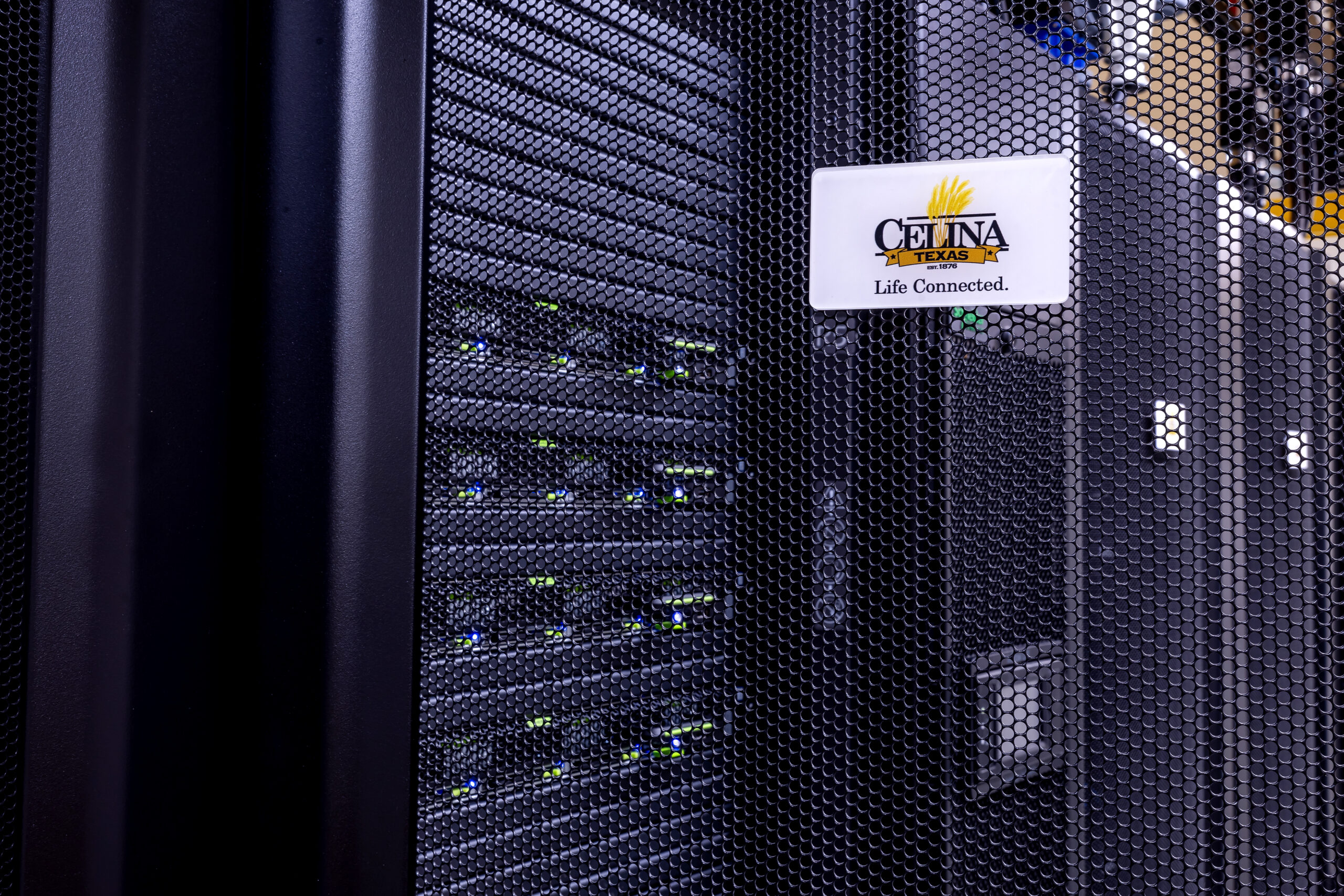Rapid, expansive digital transformation has become a mainstay of the modern technology world. Technology that enables organizations to scale their operations from local shops to large multinational enterprises is prized and revered. Bonus points if it can save money and resources in the long run.
One of these must-have technology advancements is hyperconverged infrastructure (HCI).
If you spend more than 15 minutes researching the future of consolidating IT resources, you’re bound to run into hyperconvergence.
But what exactly is HCI, and why is it growing with explosive popularity?
The Rise of HCI
Hyperconvergence is actually not a brand-new technology. Converged infrastructures are an approach to data center management to reduce compatibility issues between the compute, storage, and networking devices in an environment.
How? The answer is to put them all in the same appliance. Together.
Aside from drastically reducing IT management resources needed to handle the converged infrastructure, organizations found other key benefits, including:
- Improved security that protects data throughout layers, organized and automated through a centralized controller
- Facilitated large-scale deployment in large operations to cut down on overall complexity and get to market quicker
- Facilitated entry to creating a flexible, scalable, and functional private cloud environment that integrates seamlessly with the public cloud
- Reduced cooling costs, floor space, cabling clutter, and power bill costs throughout the datacenter due to fewer overall devices present
So when did hyperconvergence come into the picture?
Converged infrastructures required technicians to manage resources through a hypervisor that controlled each layer, integrating with the underlying physical architectures. Hyperconvergence, on the other hand, allows IT departments to control resources through a set of software controls atop the hypervisor.
With this additional layer of control, organizations can use custom APIs and virtual machine (VM) translation technologies. That’s not just limited to other HCI platforms – HCI infrastructures can integrate with public cloud environments, allowing for greater flexibility and user freedom.
In plain English: You can connect to more resources in a far easier manner.
From there, IT departments can create private architectures to implement automated controls across platforms, thereby increasing performance, flexibility, and scalability.
Hyperconverged Infrastructure Adoption by Industry
Though HCI started off as an exciting development for datacenter operations, the secret quickly got out to other industries. To this day, a large growing segment of organizations in a diverse set of industries are seeing success with the implementation of HCI.
State and Local Governments
Modern government is heavily reliant on IT initiatives to accomplish goals and set directives. Government agencies face a unique challenge of finding next-generation digital infrastructure solutions that face the future … while also requiring backwards compatibility with siloed systems and legacy infrastructures.
There’s also the tight noose known as an “IT budget” that governments continue to tighten.
Hyperconverged infrastructures are especially attractive due to their all-in-one nature, allowing for easier management, reduced operational costs, and inherent scalability properties.
For government agencies that are looking to take their outdated infrastructure to the future, HCI is a solid place to start. It gives agencies a catalyst from which they can build future IT opportunities.
Meanwhile, HCI’s affability towards open-source solutions translates to allowing government agencies to transition existing resources within a time frame that they can set.
The Louisiana Department of Health deployed Nutanix hyperconverged infrastructure last year in both of its data centers, modifying its IT infrastructure and adding flexibility and scalability into its systems alongside sizeable cost savings.
SMBs …
Most people assume that HCI solutions have to perform on a massive scale of operations.
While that’s often the norm, it’s far from the truth.
Modern enterprise-grade infrastructures have become more accessible for SMBs than they have been in the past. Obviously, the scale of operations for SMBs is far smaller than for enterprise-level organizations – but the core of IT needs remains largely the same.
Consolidating vendors, hardware, and physical space is an extremely attractive offering to SMBs. In short, it frees up IT departments and other resources to focus on other areas of the business that matter more.
… and Enterprises
Enterprise organizations must actively seek out IT solutions that allow them to scale their operations rapidly and effectively. On top of that, deployments must be seamless and controlled at all times.
These strict parameters matter. After all, enterprises feel the benefits of even slight resource consumption efficiency.
Here’s an example: Robert Crandall was the head of American Airlines in 1980. To save money for the company, he sanctioned the removal of a single olive from each dinner salad served to passengers – a minor tweak that ended up saving around $40,000 a year.
HCI doesn’t take anything away from your “salad”. Instead, it’s the equivalent of giving people their entire salad, minus the tray to serve it on, the wrapping to cover it in, and the storage until it’s consumed.
It’s these back-end process savings that can rapidly add up to a massive amount of cost savings.
Healthcare Industry
Virtual desktop infrastructure (known as VDI, or virtual desktops) is an extremely popular choice to uniformly deploy resource-intensive application software to a wide range of physical clients.
It doesn’t always work out well for businesses, but hospitals and medical clinics especially thrive on the technology.
Hospitals looking to increase the scale of their VDI efforts often turn to hyperconvergence. With HCI, they can simply add and remove nodes to existing HCI appliances. In turn, that allows them to accurately predict and budget for additional resource loads.
In short, HCI gives the healthcare industry more flexibility and scalability than they’ve ever seen in the past.
Furthermore, the consolidation of HCI resources gives IT departments a single point of management for security controls. That allows them to better implement security measures and monitoring software to stay out of range of a data breach (and the subsequent compliance violation fines and fallout).
Start Your HCI Discussion with Freeit
Though a hyperconverged infrastructure can be one of your greatest assets, it’s not particularly easy to implement (unless you’re working with seasoned HCI implementation pros).
We can help you find a vendor that fits your needs. We’ll also work with you each step of the way, helping you modernize your digital infrastructure regardless of industry.





